A HEAVY-IRON ENCOUNTER OVER THE MOJAVE DESERT NEARLY ENDS IN DISASTER

The local landing and departing traffic was mainly at piston-engine airspeeds, which rarely exceeded 120 knots. Maintaining 100 knots on final either in front of or behind a DC-6 or a Connie was no problem. But when I started working on a commercial ticket at San Jose Airport in 1969, we had entered the DC-9 era. In spite of the 250-knot airspeed limitation below 10,000 feet, flying in the traffic pattern of a major airfield required an increase in situational awareness. The big difference in approach speeds was handled at SJC by letting the big boys make “straight-ins” while lining us little guys up on the downwind leg. I remember the tower would let me in as number eight or nine to “follow the yellow Bonanza,” or whatever, and tell me to “wait for permission to turn base.”
Turning base under those conditions often put us perilously close behind an arriving jet airliner, and we had to stay high and land long to avoid those vicious wingtip vortices that could flip us if we weren’t careful.
On the taxiways, ground control would sometimes warn a light airplane getting too close to the tail end of the big blowtorches. Such are the required precautions when mixing aircraft with a big difference in performance in close quarters.
En route separation was not considered a problem since there was a great difference in cruise altitudes. Jets quickly climbed above our normally aspirated limitations. At least that’s what I thought until I tangled with an Air Force monster that came close to swatting me out of the sky.
This story is from the January 2018 edition of Flying.
Start your 7-day Magzter GOLD free trial to access thousands of curated premium stories, and 8,500+ magazines and newspapers.
Already a subscriber ? Sign In
This story is from the January 2018 edition of Flying.
Start your 7-day Magzter GOLD free trial to access thousands of curated premium stories, and 8,500+ magazines and newspapers.
Already a subscriber? Sign In
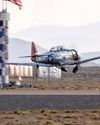
The Temple of Speed
Reno entices even this altitude-oriented pilot.

Flat Sixes
Fanatical artisans
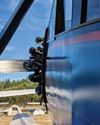
Blue over Green, Tent in Between
I’m old , I’m cranky. Why do I keep air-camping?
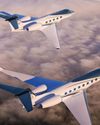
Gulfstream Reveals G400, G800
The product lineup gains large-cabin and ultralong-range mounts.
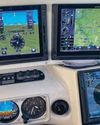
Every Airplane Requires a Checkout
Embrace the challenge of mastering a new machine.
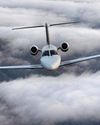
Fuhggedaboutit
Fifty-plus years of f lying forgetfulness
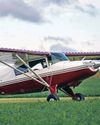
THE MAULE FAMILY APPROACHABLE AIRCRAFT
Choose your mount —the Maules do it all.
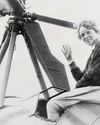
Sisters
“ Women certainly have the courage and tenacity required for long flights.” —Mildred Doran
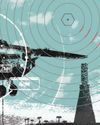
INSIDE OUT OR OUTSIDE IN?
What kind of pilot should you be?
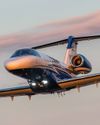
WE FLY: CESSNA CITATION CJ4 GEN2
THE FLAGSHIP CJ JUST GOT A WHOLE LOT BETTER.